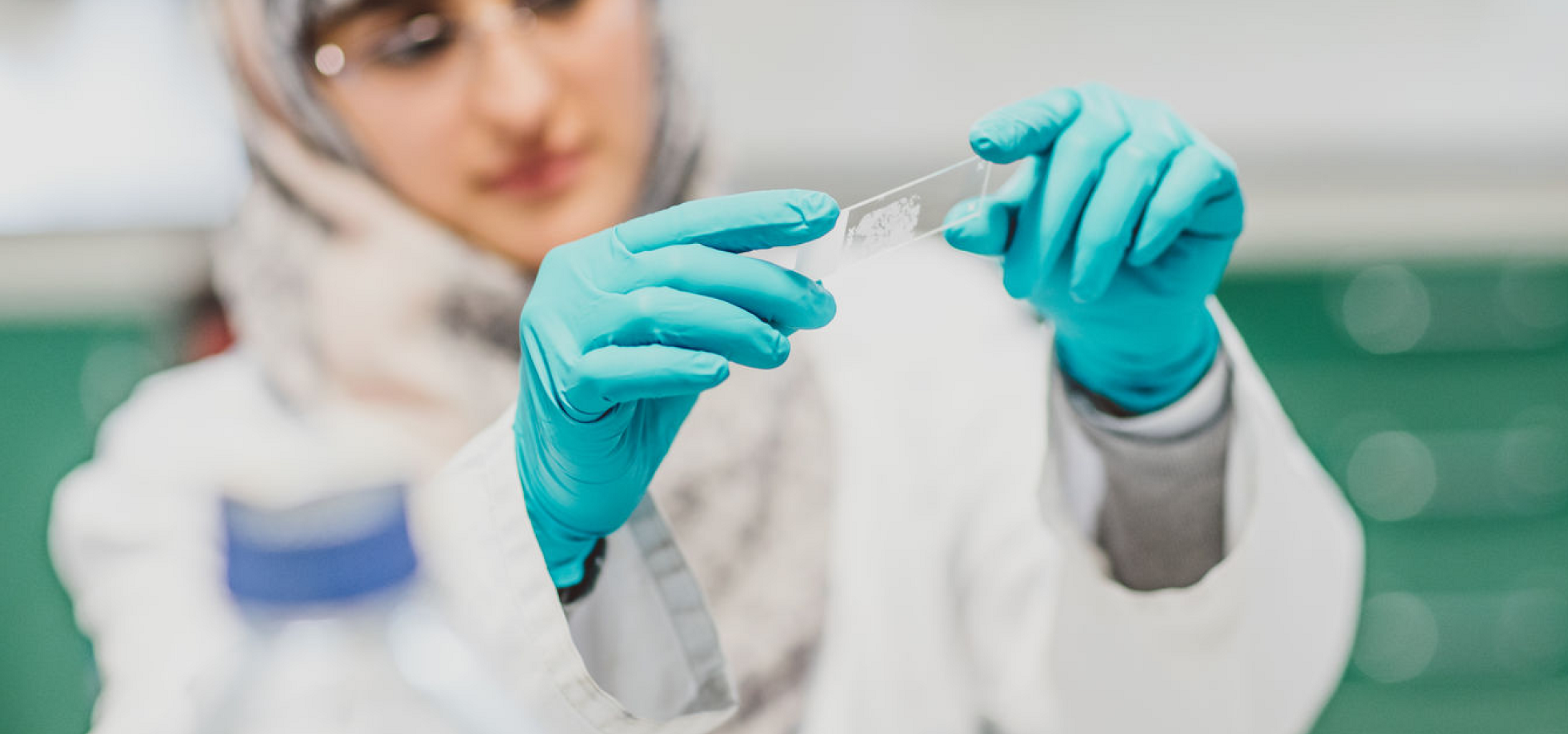
Proteins have a central role in many of life's essential processes. Often proteins do not act alone, but in tandem with a partner protein or other biological molecules such as DNA, RNA or a lipid. These interactions can lead to the formation of larger macromolecular assemblies, often termed molecular machines, which are involved in cell processes ranging from biological protein synthesis (translation) to initiating apoptosis (cell death). The aim of this module is to build on the basic principles of protein structure and function obtained from BS131. Methods and techniques that enable a protein or enzyme to be biochemically and structurally characterised will be introduced and methods to study protein folding, protein-protein interactions and structure/function studies of selected macromolecular assemblies will be addressed.
Learning Outcomes:
To pass this module students will need to be able to:
1. discuss methods to obtain pure proteins and protein assemblies;
2. understand the key factors that influence protein folding and putative mechanisms that explain the time course of this process and techniques used to study folding;
3. describe steady-state enzyme kinetics, analysis of enzyme inhibition and methods to determine the mechanism of action of an enzyme;
4. describe techniques used to study binding of proteins to partners and the thermodynamic and kinetic parameters that may be obtained;
5. understand protein structure-function relationships and have an overview of structural biology techniques available, particularly X-ray crystallography;
6. understand the analysis and prediction of protein structures;
7. discuss examples of macromolecular assemblies, their function, how they are assembled and techniques other than X-ray crystallography that can be used to study their structure.
- Module Supervisor: Marcus Edwards